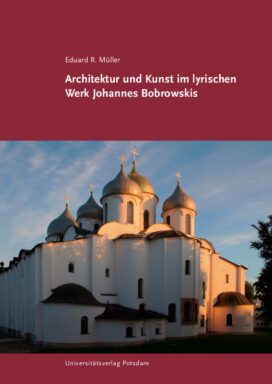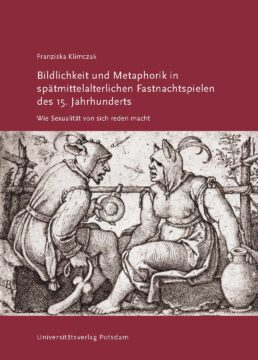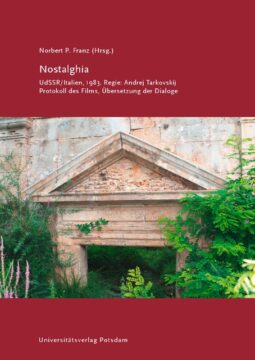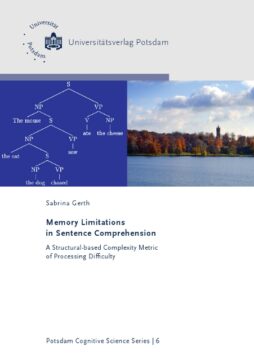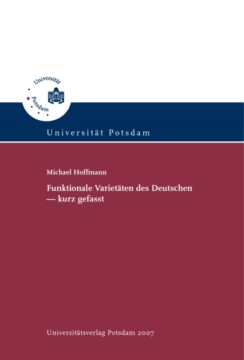Bobrowski had expressed the intention to study art history after graduation, but war and captivity thwarted his plans: As a member of the German Armed Forces, he was only released from military service for a semester in winter 1941/1942. Bobrowski was particularly im-pressed by the lectures on German Art in the Age of Goethe by the departmental chair Wilhelm Pinder. However, despite this fundamental influence Pinder’s ideological background never become manifest in Bobrowski’s poems.
After returning from Soviet captivity during Christmas 1949, university studies were out of the question for the thirty-two-year-old. However, his lifelong intermedial engagement with fine art in his work can be interpreted as an expression of his diverse cultural and historical interests and inclinations. The poet’s life phases correlate with the thematic development of his poems on visual art: The inviolable aesthetics of significant works of art helped him to overcome the horror of the last years of the war and the privations of Soviet captivity. Didac-tic moral aims initially shaped the poems Bobrowski created in the years after his return home before he was able to distance himself in terms of content and form from this type of poetry and began to write poems that take up cultural-historical aspects and juxtapose historical, mythological, biblical and religious-philosophical themes spanning epochs. His poems about the artists Jawlensky and Calder also touch simultaneously on aspects of the cultural landscape. In the last decade of his life, Bobrowski became increasingly interested in twentieth-century art, while modern architecture was absent from his work.
Bobrowski devoted himself in an entire series of poems to Classicist and Romanticist painting and thus to works that were written during the Age of Goethe and about which Wilhelm Pinder may have given lectures during his “German Art in the Age of Goethe” course attended by Bobrowski.
Architecture is a leitmotif in Bobrowski’s lyrical works. The significance conveyed of the particular sacred and profane buildings referred to in the poems as well as the urban and village ensembles and individual parts of buildings changes several times over the years. Starting from traditional, juxtaposed juvenile poems in iambic versification, in which architectural elements form part of an awareness that fades out everything outside of the aesthetic, the significance of the sacred and secular buildings in Bobrowski’s lyrical works changes for the first time during the years he spent in Russia during the war as part of the German military. In the odes Bobrowski wrote at the time, the architectural relics testify to suffering, death and destruction. What is still absent, however, is the central idea of guilt, which later becomes the focus of poems he writes after his return from captivity until his early death.
Towards the end of the war and during his years of captivity, Bobrowski reflects on the theme of his homeland again, and the architecture in his poems becomes an aesthetically charged projection for his yearning for East Prussia and the Memel area. The aspect of the sublime first appears in his poems, both in relation to painting and architecture, during his captivity. This idea is developed on the one hand after his return to Berlin in his poems on the architecture of Gothic cathedrals and the architectural heritage of Classicism, but the cultural heritage of Europe also represents historical injustice and a heavy, far-reaching guilt in the poems written during this period.
Bobrowski turns away from his criticism of the entire continent of Europe in later years and in his “Sarmatic Divan” concentrates on the guilt Germans have towards the peoples of Eastern Europe. This also lends the architecture in his poems a new meaning. The relics of the cas-tles of the Teutonic Order testify to the rule of medieval conquerors and merge with nature: The symbolism of the architecture becomes part of the landscape. In the last decade of his life, he increasingly writes poems related to parks and urban green spaces. The city, “filled with meaning”, moves to the centre of his poetry. However he does not deal with the technical achievements and social phenomena of urban life in these poems but with urban structures and especially the green and open spaces as symbols of history.
The poet relies not only on personal experiences, but sometimes also on image sources without ever having seen the original. The poems about Chagall and Gauguin are hardly accessible without the knowledge that they refer to image reproductions in narrow, popular books that Bobrowski acquired shortly before writing the respective poems. The situation is different with the Russian churches that find their way into his lyrical works. Bobrowski had seen them all during the war, and most of them still appear to exist today and can be identified with some certainty with the help in part of the poet’s letters from that period.

